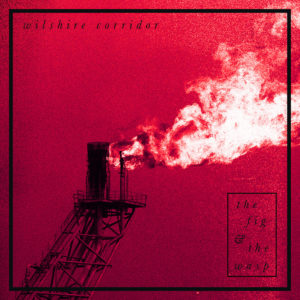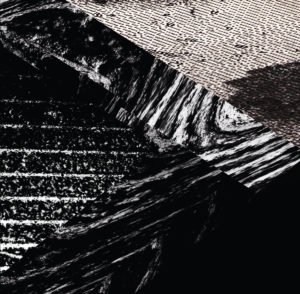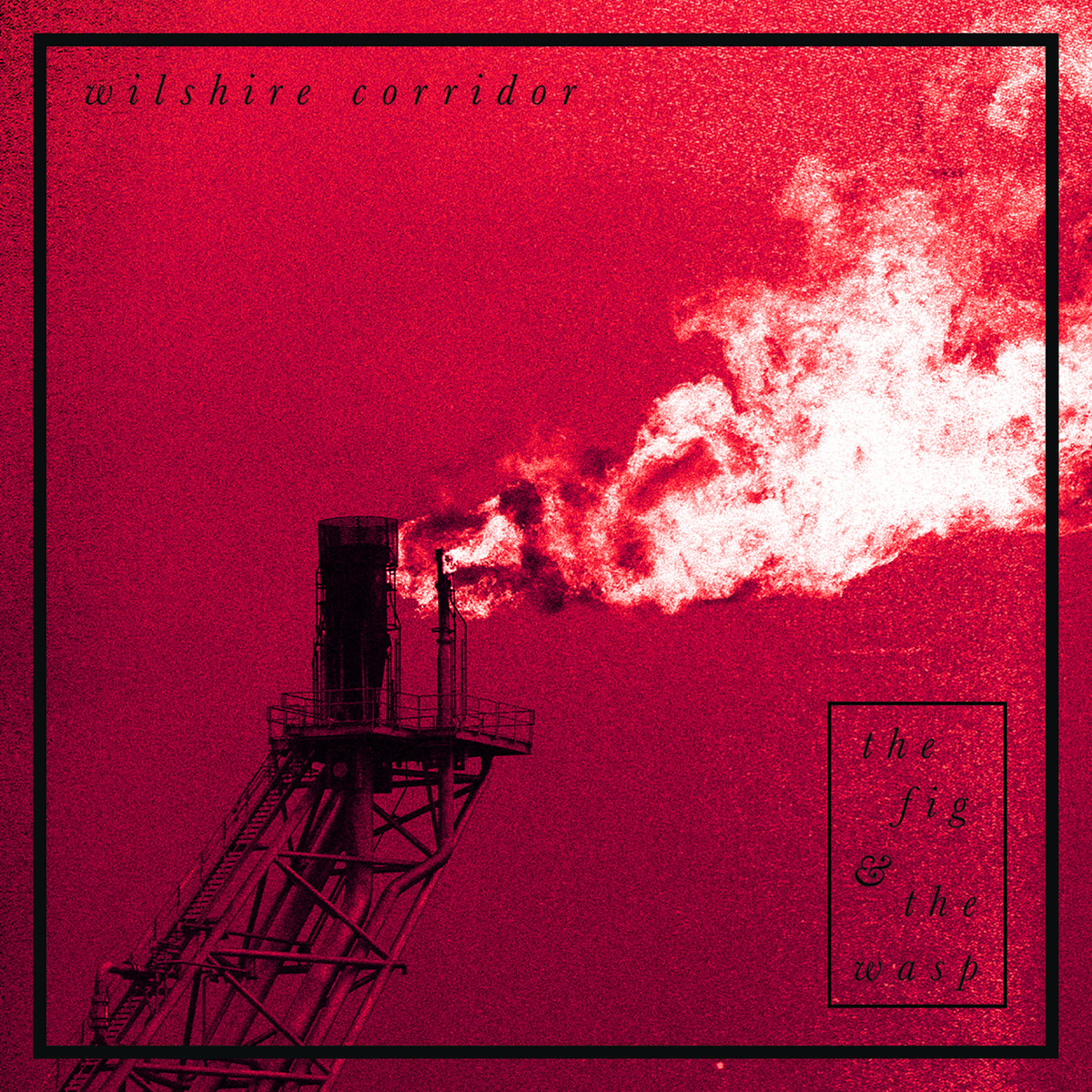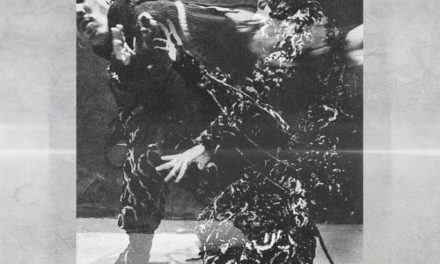
Wilshire Corridor
The Fig & The Wasp
Dune Altar
How do you describe a band like Wilshire Corridor? The Los Angeles based project certainly draws from a few different wells for The Fig & the Wasp, but none of the genre tags you might be tempted to apply to them quite fit. In hearing opener “Doors to Nowhere”, with its grinding, dirgy synths and guttural black metal vocals, you might be tempted to call them dungeon synth. Then again, that doesn’t really reflect the clean chiming quality to the mix, and how clarion the electronics are on instrumentals like “Smog Spirit” and “Return to Earth”. If you only heard the deep drones and thudding war drums of “Ember” you could be forgiven for thinking of them as a death industrial act, but that doesn’t square at all with the 909 claps and spiky sequencing on “Terminal”, not to mention the tweaky electro of “Curtain”. Being hard to pin down is all for the best though, as Wilshire Corridor manage to craft all these disparate stylistic markers into a satisfyingly complete whole, that quickly tutors the listener not to expect the record to stick to one lane for very long. The Fig & the Wasp a satisfyingly varied listen within the parameters it sets out, presenting its ideas in a fresh and invigorating fashion.

Cruel Diagonals
Pulse Of Indignation
Drawing Room Records
Megan Mitchell’s new EP for her ambient/field recording project Cruel Diagnosis speaks to “recognizing the exploitation, grooming, and pain that she was subjected to as a young woman under the watchful eye of men with power in the music industry,” in the words of the PR copy. While something so biographically specific might be otherwise difficult to tease from the predominantly wordless tracks on Pulse Of Indignation, the sense of stifled dread they connote is apparent right from the outset. The exact origins of the field recordings Mitchell uses as the basis for these tracks are inscrutable, yet they hang about – whether as droning loops, muted chimes, or percussive tics – in the front of the mix for long enough that they evolve their own moods. These often prove to be sparse, trepidatious, and tense frameworks with which Mitchell’s vocals enter into uneasy dialogue. Mitchell’s vocals have a frail and mournful quality, even as they take up lilting sing-song, and the minor harmonizing Mitchell multitracks does nothing to brighten the mood. When at the EP’s close those elements, hitherto discrete and at least partially ordered, suddenly swarm and multiply, creating a cacophonic wave which pushes Mitchell wholly out of the record, the effect is unnerving. Why were these elements so comparatively restrained until now? What agenda might they have? Ascribing intent or agency to programmed sound, rather than the programmer, is of course, ridiculous on its face, but the eerie presences hinted at beneath Mitchell’s arrangements lead one into the uncanny.






Trackbacks/Pingbacks